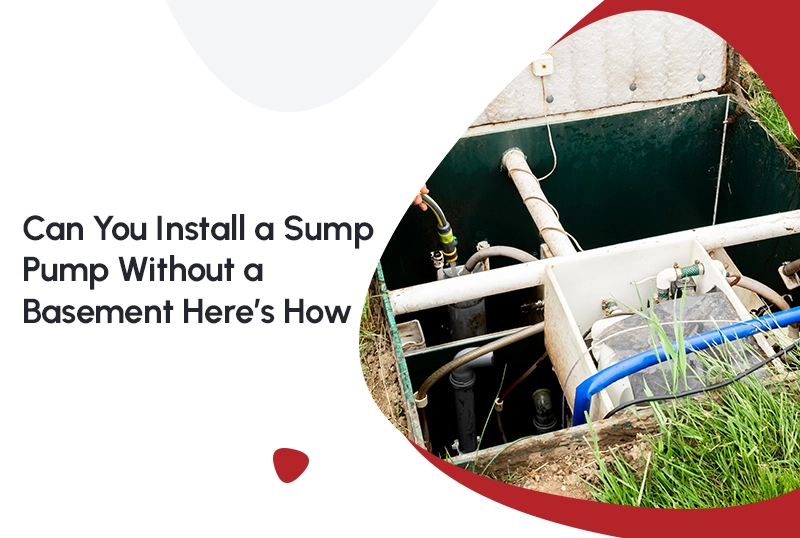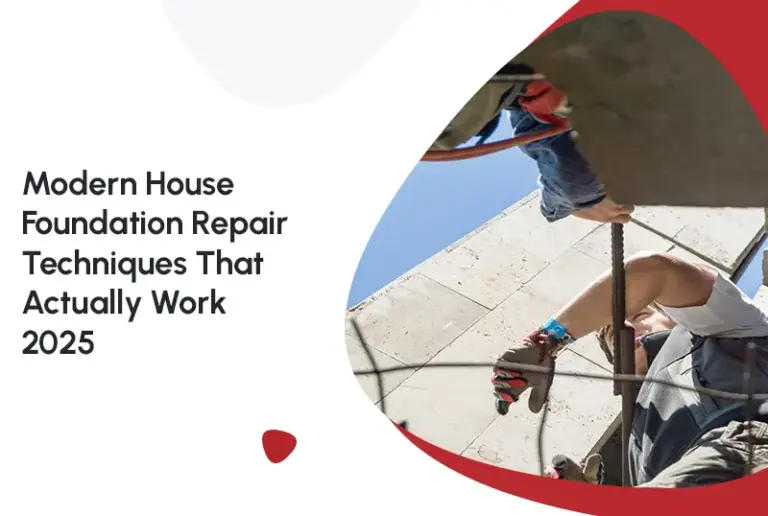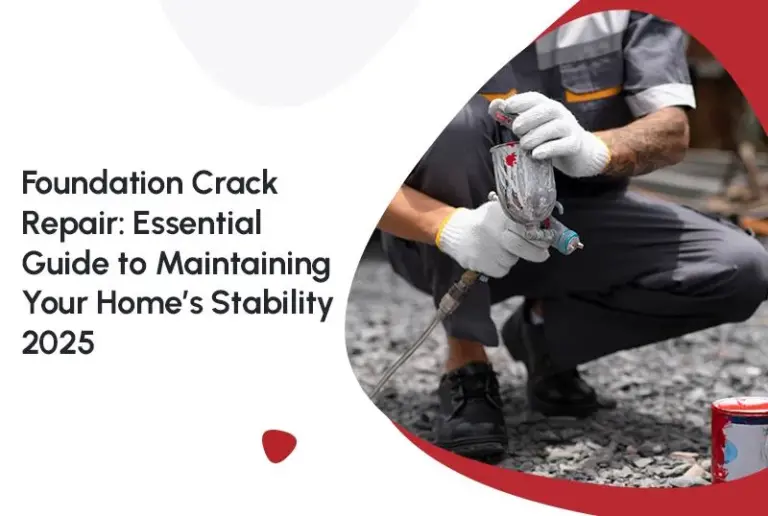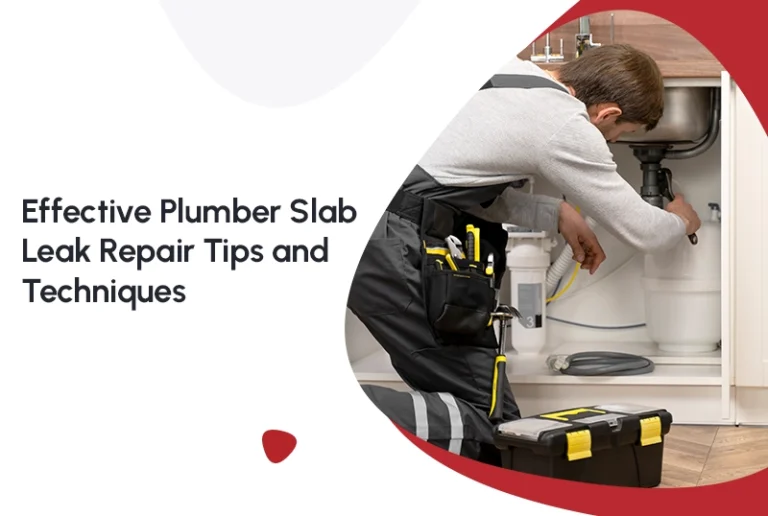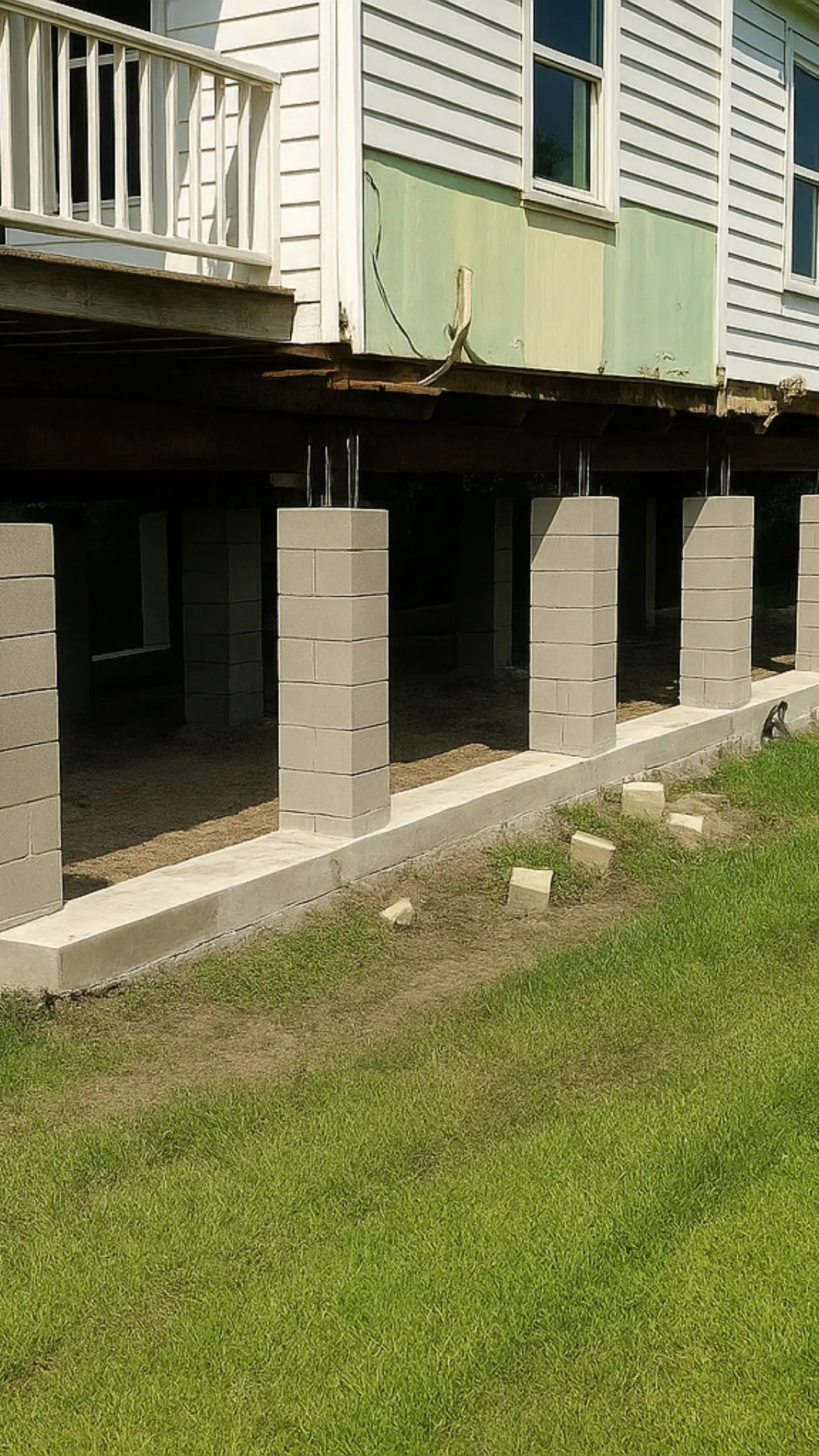Many homeowners believe a sump pump is only necessary for properties with a basement. But the reality is, water problems don’t require a basement to cause serious damage. Even homes built on a slab or a pier and beam foundation can suffer from excess moisture, flooding, and structural issues.
So what happens when your home doesn’t have a basement but you still need a way to keep water out? Good news: sump pump installation is still possible, and in many cases, absolutely essential.
In this guide, we’ll walk through how sump pumps can be installed without a basement, why it matters for your home’s health, and what steps you need to take to ensure lasting protection
Why Sump Pumps Matter Even Without a Basement
Just because your home doesn’t have a basement doesn’t mean it’s safe from water intrusion. Crawl spaces, foundation slabs, and low-lying yards are all vulnerable to groundwater buildup, especially during heavy rain or flooding seasons.
When moisture gets trapped underneath or around your home, it can lead to:
- Mold and mildew
- Wood rot in floor joists
- Foundation settlement
- Musty odors and poor indoor air quality
- Pest infestations
Installing a sump pump ensures that excess water is collected and discharged away from your home before it can cause costly problems.
Where Can You Install a Sump Pump Without a Basement?
Without a basement, sump pumps are typically installed in one of the following areas:
1. Crawl Space
If your home has a crawl space, this is the most logical place for sump pump installation. Crawl spaces are often dark, damp, and prone to pooling water, especially in older homes or those built in flood-prone areas.
Combining a sump pump with proper crawl space repair and encapsulation can make a huge difference in keeping the space dry and healthy.
2. Concrete Slab Foundations
Homes built on concrete slabs can still have water issues, especially if the land around the house doesn’t drain well. In this case, a sump pit can be cut into the slab or placed adjacent to the slab perimeter to manage drainage.
3. Yard Drainage Systems
Sometimes, the sump pump doesn’t need to be inside the structure at all. If your yard frequently floods or pools near your foundation, installing an exterior sump pump can help divert water safely away.
Step-by-Step: How to Install a Sump Pump Without a Basement
Installing a sump pump in a non-basement home requires a strategic approach. Here’s how professionals typically do it:
1. Evaluate the Water Problem
Before you dig, it’s important to understand where the water is coming from. Is it seeping through the ground, entering through vents, or flowing from your roof drainage system?
A proper moisture inspection helps determine the ideal placement and size of the sump pump system.
2. Dig the Sump Pit
Once the location is determined typically the lowest point in your crawl space or yard a hole is dug around 2–3 feet deep to house the sump basin. Gravel is added around the pit to improve filtration and drainage.
3. Place the Basin and Pump
The sump basin is lowered into the hole and leveled. The sump pump is then placed inside, secured, and connected to a PVC discharge pipe that leads water away from the foundation.
4. Install a Check Valve
This small valve prevents water from backflowing into the pit once it has been pumped out. Without it, you could end up recirculating the same water over and over again.
5. Discharge Line Setup
The discharge pipe must lead to a location where water will not pool near your home, such as a storm drain or a dry well. In colder climates, pipes should be buried below the frost line to prevent freezing.
6. Electrical Connection
The pump is connected to a GFCI-protected outlet. For added protection during power outages, some homeowners install a battery backup system.
Common Signs You Need a Sump Pump
Even without a basement, your home may show signs of water problems. Watch for:
- Standing water in crawl space after heavy rains
- Warped flooring or baseboards separating from walls
- Musty smells in lower parts of your home
- Increased humidity or mold growth
- White powdery residue (efflorescence) on concrete
If you notice these red flags, it may be time to talk to a moisture control expert about adding a sump pump to your home’s waterproofing plan.
Benefits of Installing a Sump Pump Without a Basement
- Protects structural integrity by reducing hydrostatic pressure
- Prevents mold and mildew growth
- Improves air quality, especially if you have HVAC ductwork in your crawl space
- Increases property value and buyer confidence
- Reduces pest infestations caused by damp, dark environments
For homes with a pier and beam setup, water collecting beneath the house can cause wooden beams and joists to rot or shift. A sump pump installation, paired with proper drainage and sealing, adds years to the life of your foundation.
Professional Installation vs. DIY
While some handy homeowners may attempt to install a sump pump on their own, it’s often best to call in a professional. Here’s why:
- Correct placement for maximum water removal
- Avoids accidental utility damage during excavation
- Ensures electrical connections meet safety codes
- Integrates with broader crawl space repair and drainage solutions
- Comes with warranties for peace of mind
Professional installers also understand the specific needs of homes without basements and can tailor solutions accordingly.
Sump Pump Maintenance Tips
Once your system is in place, regular upkeep is essential to keep it working efficiently:
- Test your pump quarterly by pouring water into the basin
- Clean the pump and basin at least twice a year
- Inspect the check valve and discharge line for clogs
- Listen for unusual noises, which could indicate a failing motor
- Ensure the float switch moves freely
Regular maintenance prevents failure when you need your pump the most during storms or snow melts.
The Bottom Line
A basement isn’t a requirement for sump pump installation but water damage doesn’t wait for basements, either. If your home is on a slab, crawl space, or pier and beam foundation, sump pumps are one of the most effective tools to protect against flooding, mold, and costly repairs.
Don’t wait until moisture problems ruin your foundation or indoor air quality. Invest in a system designed to manage water before it becomes a disaster.
For expert help with sump pump installation, moisture control, and crawl space repair, trust the professionals at FNF Foundation. With years of experience protecting Texas homes, our team delivers solutions that last.
FAQs (Frequently Asked Questions)
Q1: Can I install a sump pump if I don’t have a basement?
Absolutely. Sump pumps are frequently installed in crawl spaces and even outdoors to manage water drainage.
Q2: How do I know where to install it?
The lowest point in your crawl space or slab area is usually ideal. A professional inspection can identify the best location.
Q3: Will it damage my foundation during installation?
When done correctly, sump pump installation is safe and minimally invasive. Professionals take care to avoid any structural compromise.
Q4: How much does it cost to install a sump pump without a basement?
Depending on complexity, location, and pump type, installation typically ranges from $1,200 to $2,500.
Q5: How long does a sump pump last?
With proper care, a quality sump pump can last 7–10 years. Regular maintenance helps maximize lifespan.
